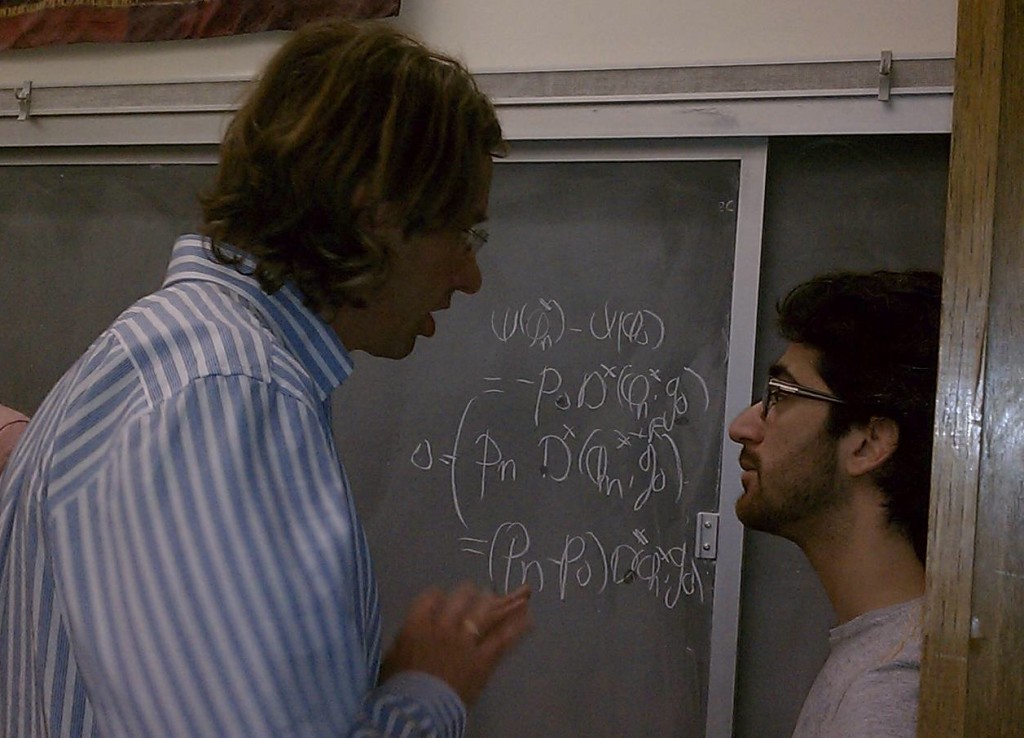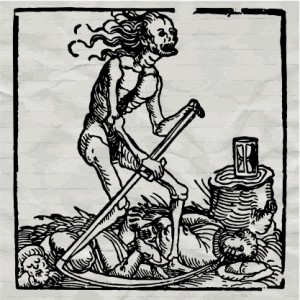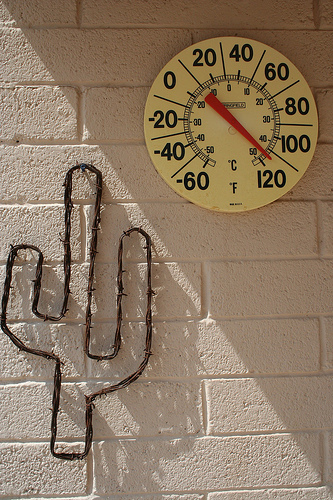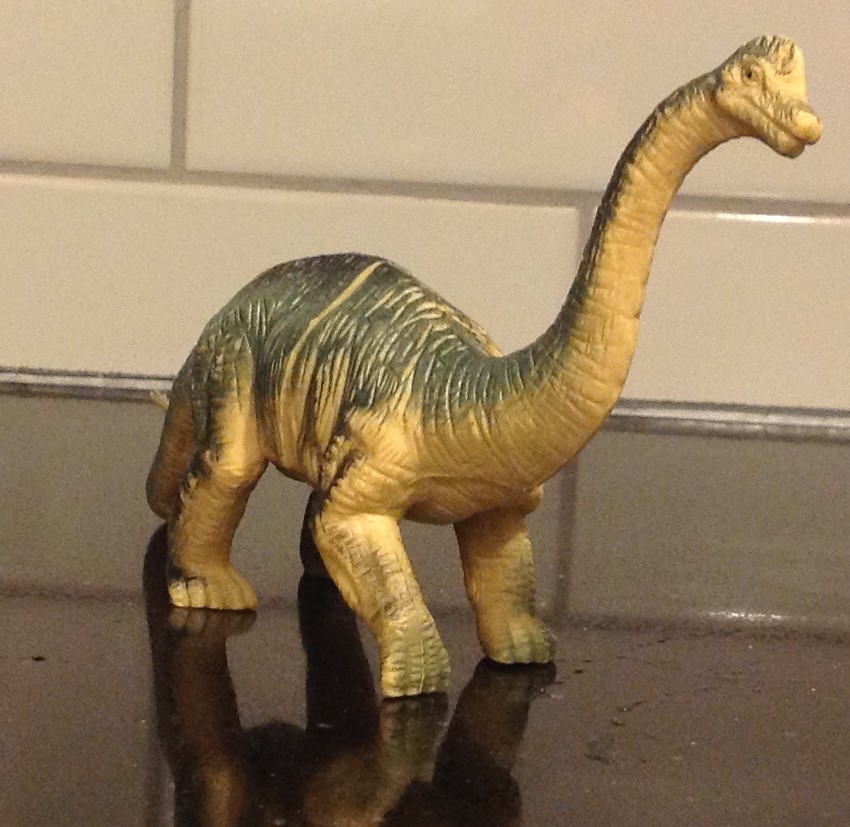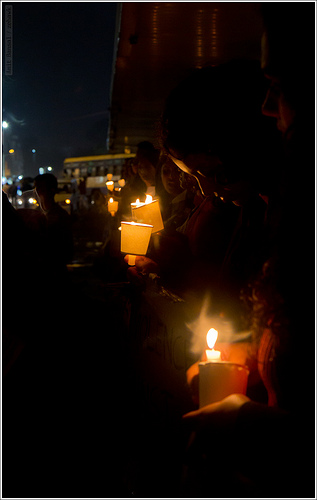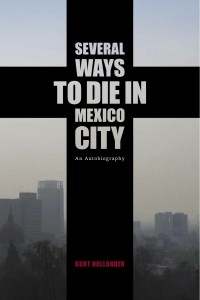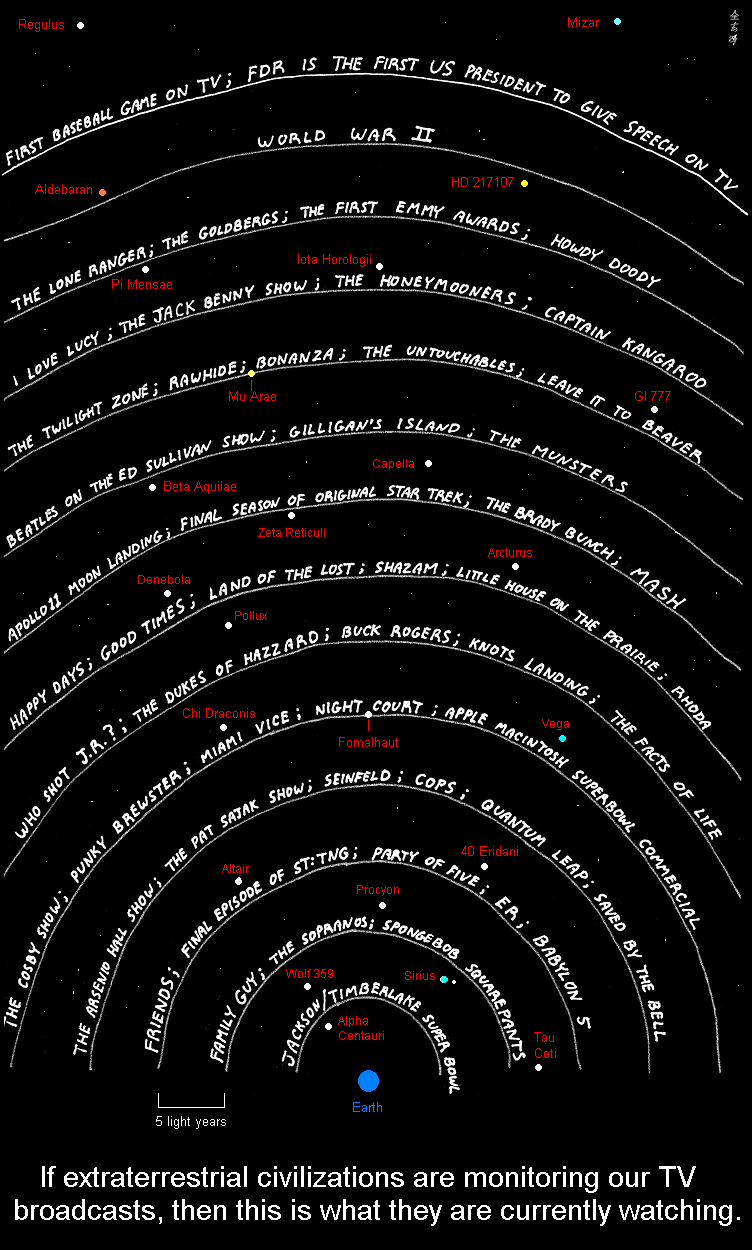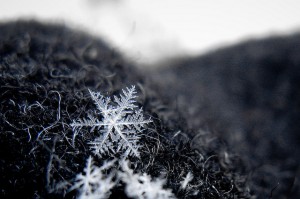 I love snow, but we don’t get much of it here. On the rare day that the highest peaks catch a few flakes, people pile into cars and drive up into our local mountains just to see a small patch of white.
I love snow, but we don’t get much of it here. On the rare day that the highest peaks catch a few flakes, people pile into cars and drive up into our local mountains just to see a small patch of white.
Part of the allure is the wonderful way in which snow is described —in Inuit, Yupik, Sami, and even in our own language. Sierra cement. Champagne powder. Cascade concrete. Alaskan velvet. Spring corn.
At close range, it’s more beautiful still. An avalanche forecaster once pointed to a photo of faceted snow crystals on her wall when I asked her what her favorite kind was. These weren’t her favorite, exactly—she said they’re the ones she loved to hate–but the ones that fascinated her, the kind that formed weak layers in the snow. (Here’s a cool animation of how it forms, usually with the help of a wide range of temperatures within the snowpack.)
Maybe it’s this combination of strong and weak that gets me. Snow crystals look like delicate formations of oxygen and hydrogen. Together, they can both create winter wonderlands and decimate landscapes and lives. Continue reading
